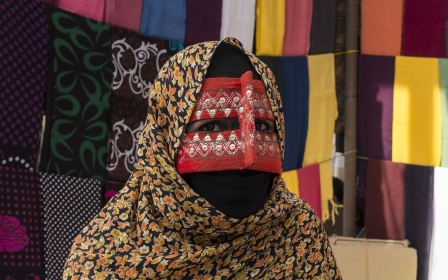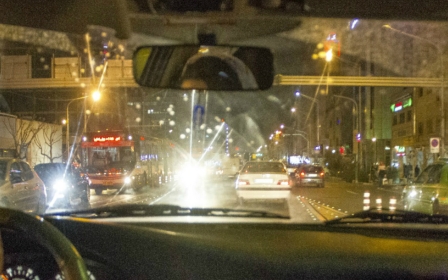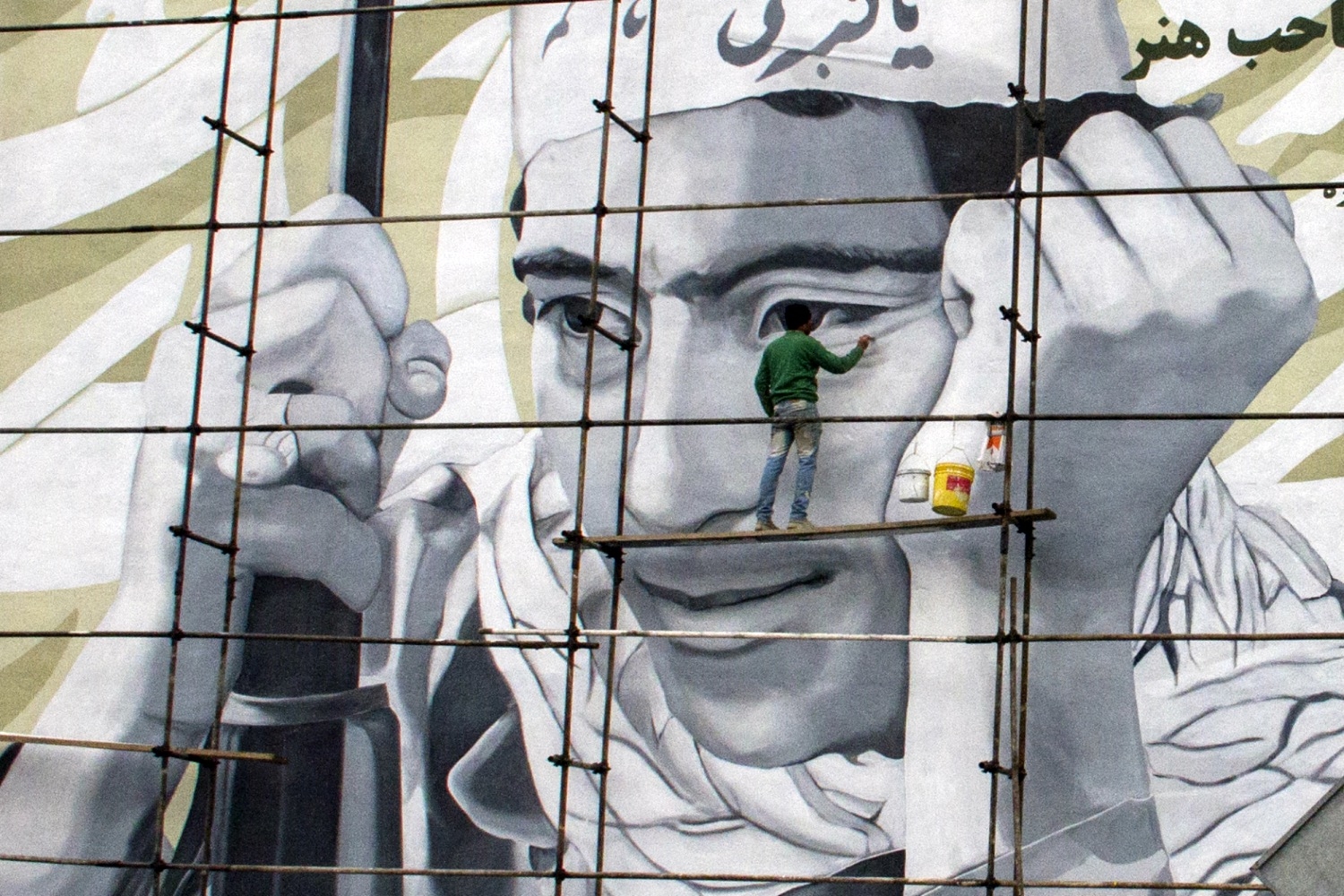
In pictures: How Iran remembers its war dead
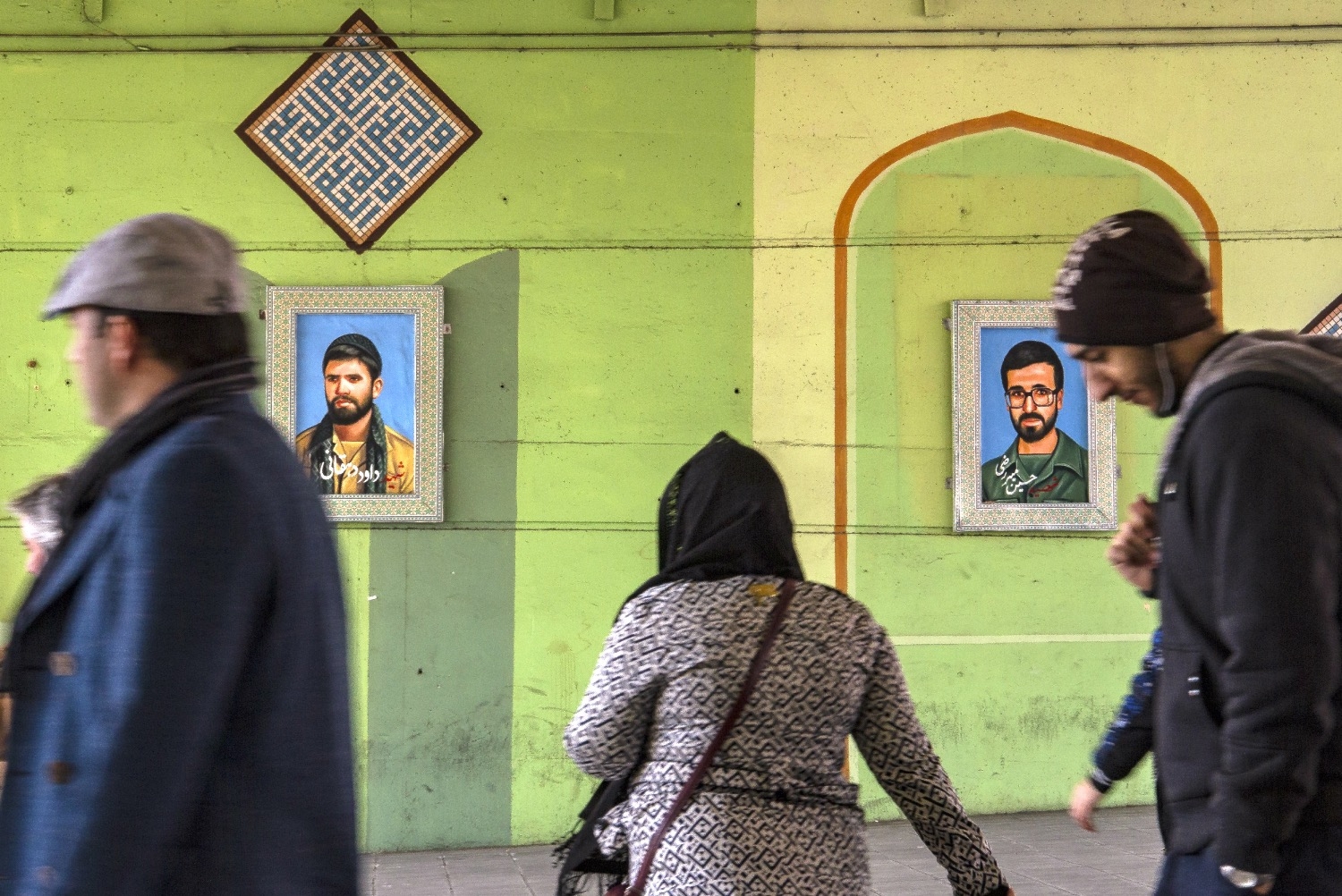
Images of war dead - known as "martyrs" - are everywhere in Iran. The growth in remembrance has escalated in the four decades since the 1979 Islamic revolution, when the concept of martyrdom was widely promoted across society by the new establishment. Thousands of streets, highways and alleys in Iranian cities are now named after those who have been killed, most recently members of the Islamic Revolutionary Guard Corps fighting in Syria (MEE).

The Iranian authorities used the concept of martyrdom to mobilise volunteers during the Iran-Iraq war, for pro-government demonstrations and even domestic political confrontations. On Iran's streets, the eyes of the dead gaze down at citizens from gigantic murals: this example commemorates Amir Hussein Saheb Honar, a 15-year-old volunteer who was killed in 1982 (MEE).

A woman passes by a memorial to the dead of the 1980-1988 Iran-Iraq war. It was erected during the Shia ceremonial mourning period known as Ashura, which marks the death of Hussein ibn Ali, the grandson of the prophet Muhammad, in the battle of Karbala in 680. It also serves as a wider symbol of martyrdom (MEE).
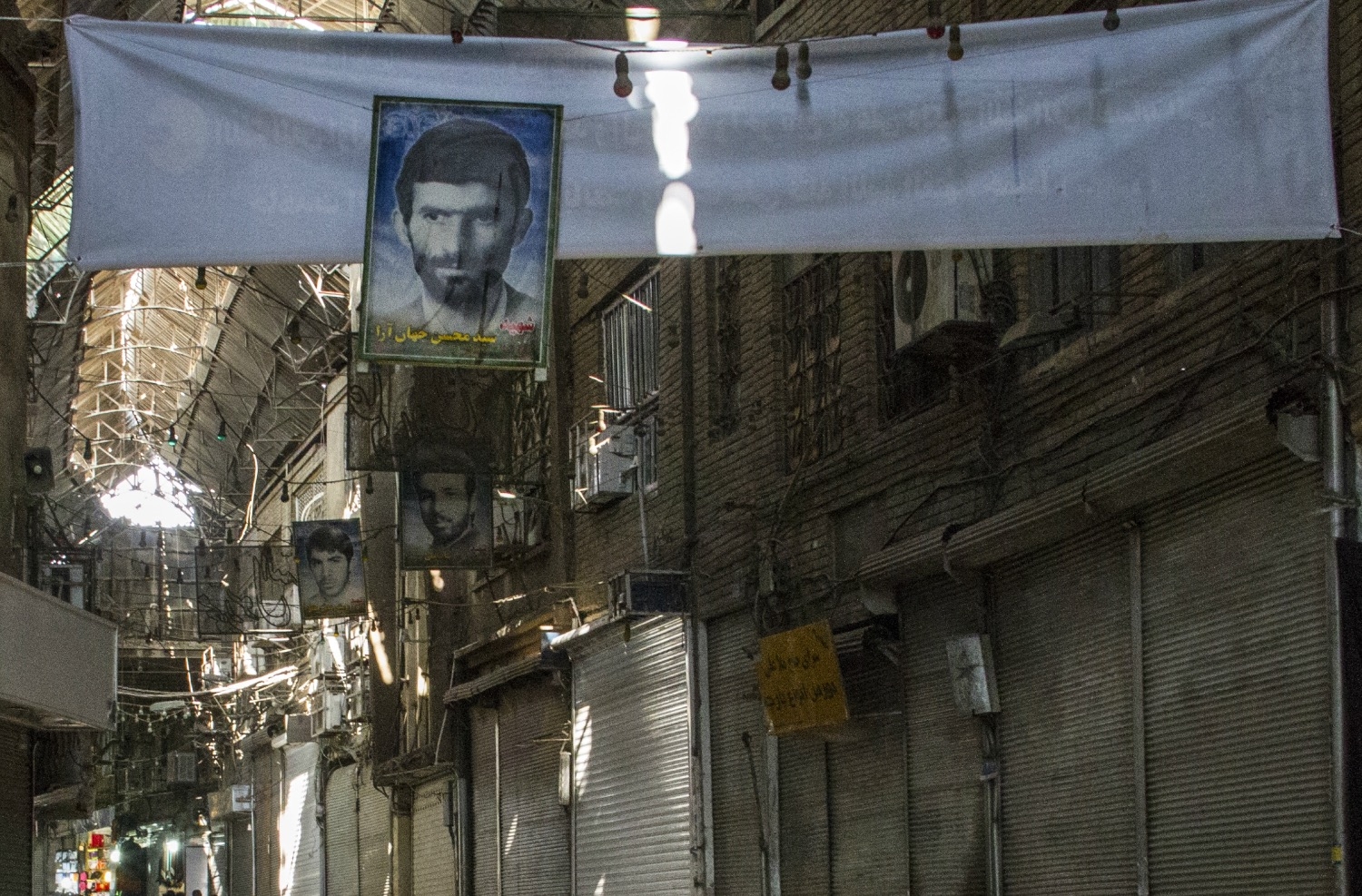
Images of famous commanders of the Islamic Revolutionary Guard Corps (IRGC) who died during the Iran-Iraq war hang from the covered roof of the Grand Bazaar in Tehran. Iran’s leadership suggests that those killed during the conflict were followers of Hussein, in continuation of a tradition dating back to Karbala (MEE).

Banners in central Tehran show IRGC members who died in Syria and Iraq. The portraits are juxtaposed with quotes in praise of martyrdom from Imam Ali, the first Shia religious leader (MEE).

The wild red tulip is a symbol of martyrdom in Iranian mythology. It is often found on banners, such as this example in a subway, which reads: “Don’t pass by our graves, the martyrs, without deep contemplation” (MEE).
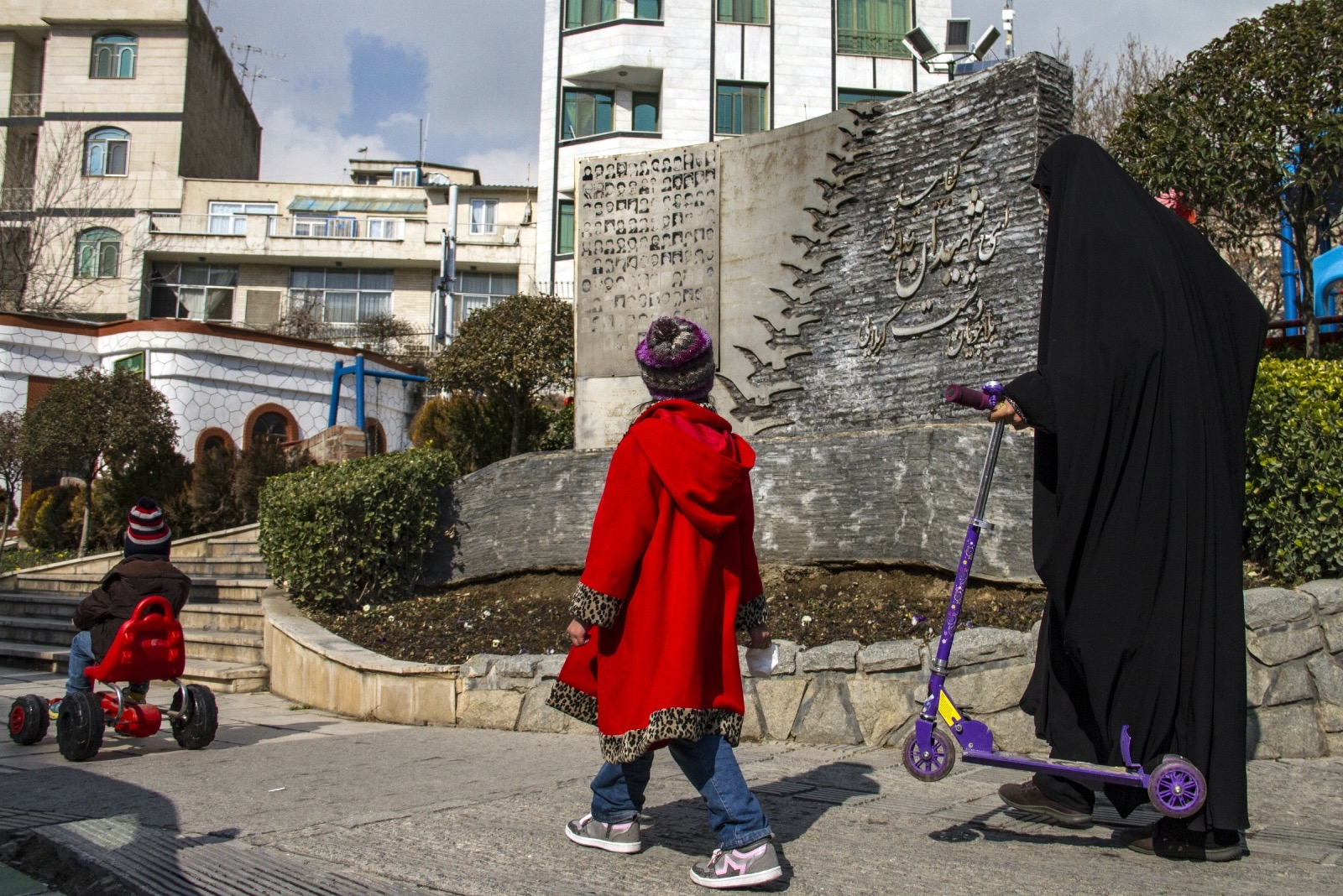
A mother and her children pass by a memorial in a Tehran playground. The concept of martyrdom is taught to Iranian children even before they start school: books, movies and TV are used to promote the idea that those who die for Islam and the Islamic Republic will be guaranteed a place in heaven (MEE).
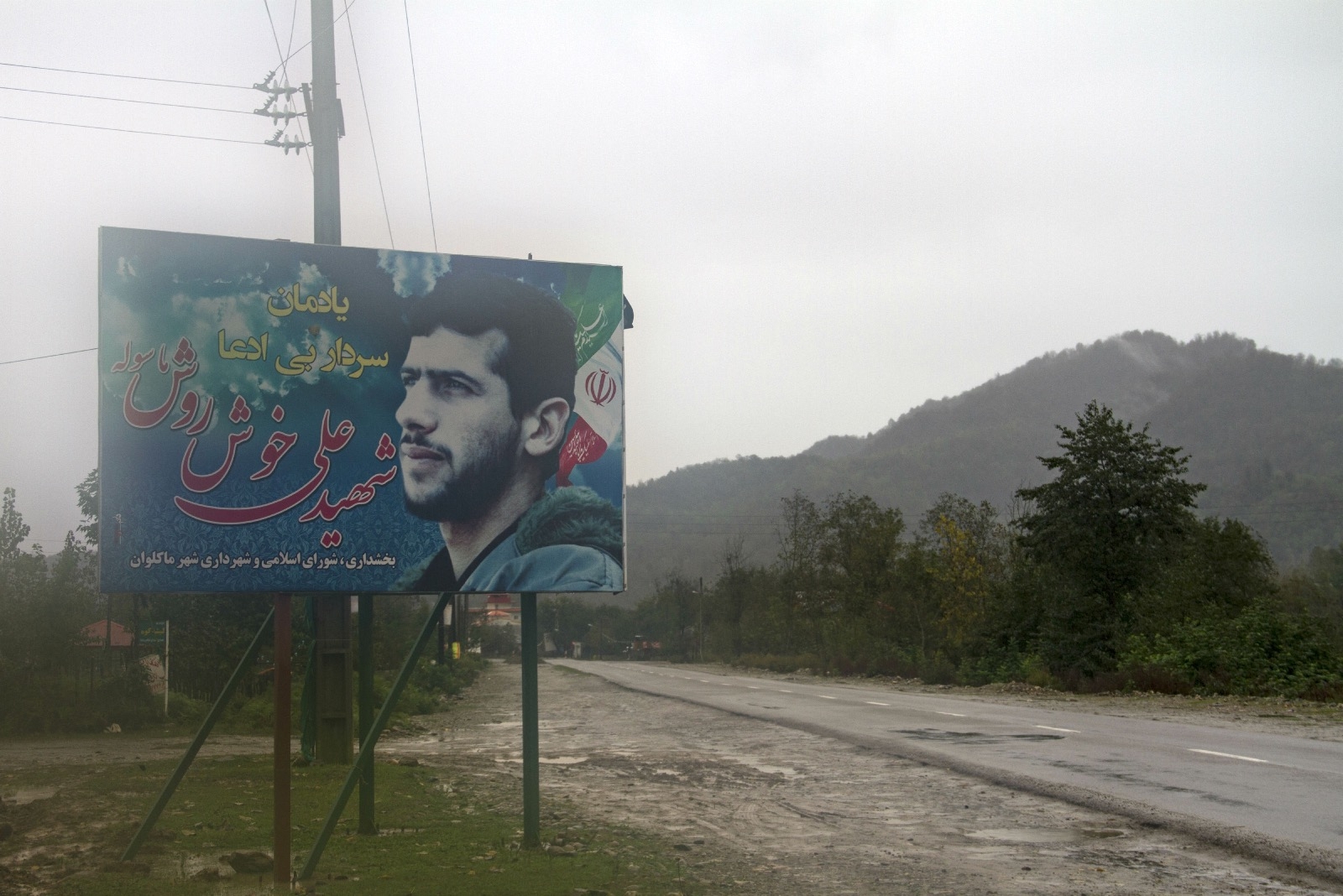
Big cities are not the only places in which images of the war dead are displayed: they are also a common feature in villages and the countryside, such as this billboard by a deserted road in northern Iran (MEE).

This comic strip in a teen magazine tells how Mohammad Hussein Fahmideh, a 13-year-old, was killed in September 1980 during the Iran-Iraq war when he threw himself and several hand grenades under an Iraqi tank. Iran’s first supreme leader, Ayatollah Rouhollah Khomeini, said of the incident: “Our Supreme Leader is the 13-year-old child who threw himself under a tank” (MEE).
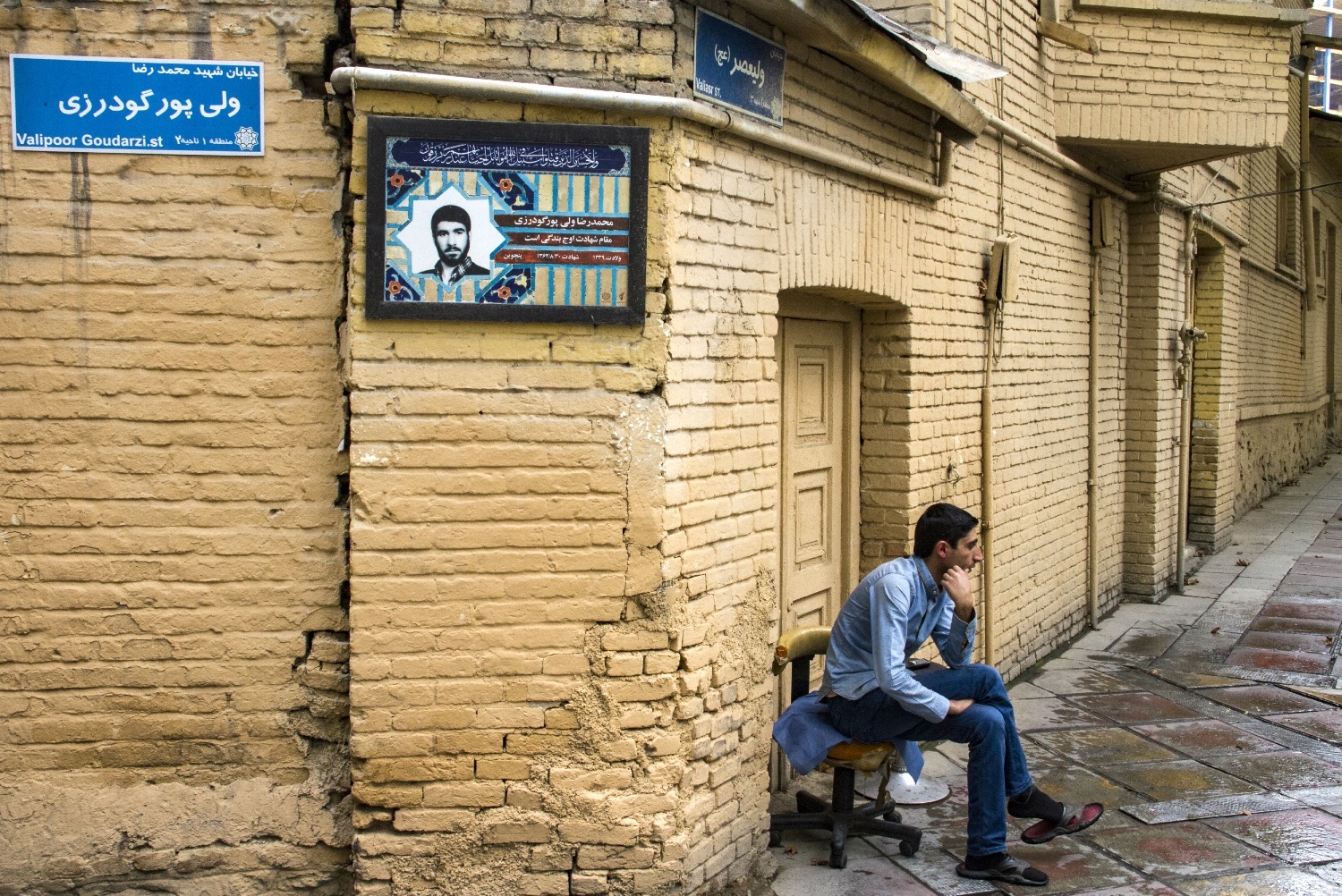
A man sits on the corner of a street named after Mohammad Reza Valipoor Goudarzi, who was killed at the age of 23 during the Iran-Iraq war. A separate sign includes details of his life: this is a common sight across thousands of Iranian urban streets (MEE).
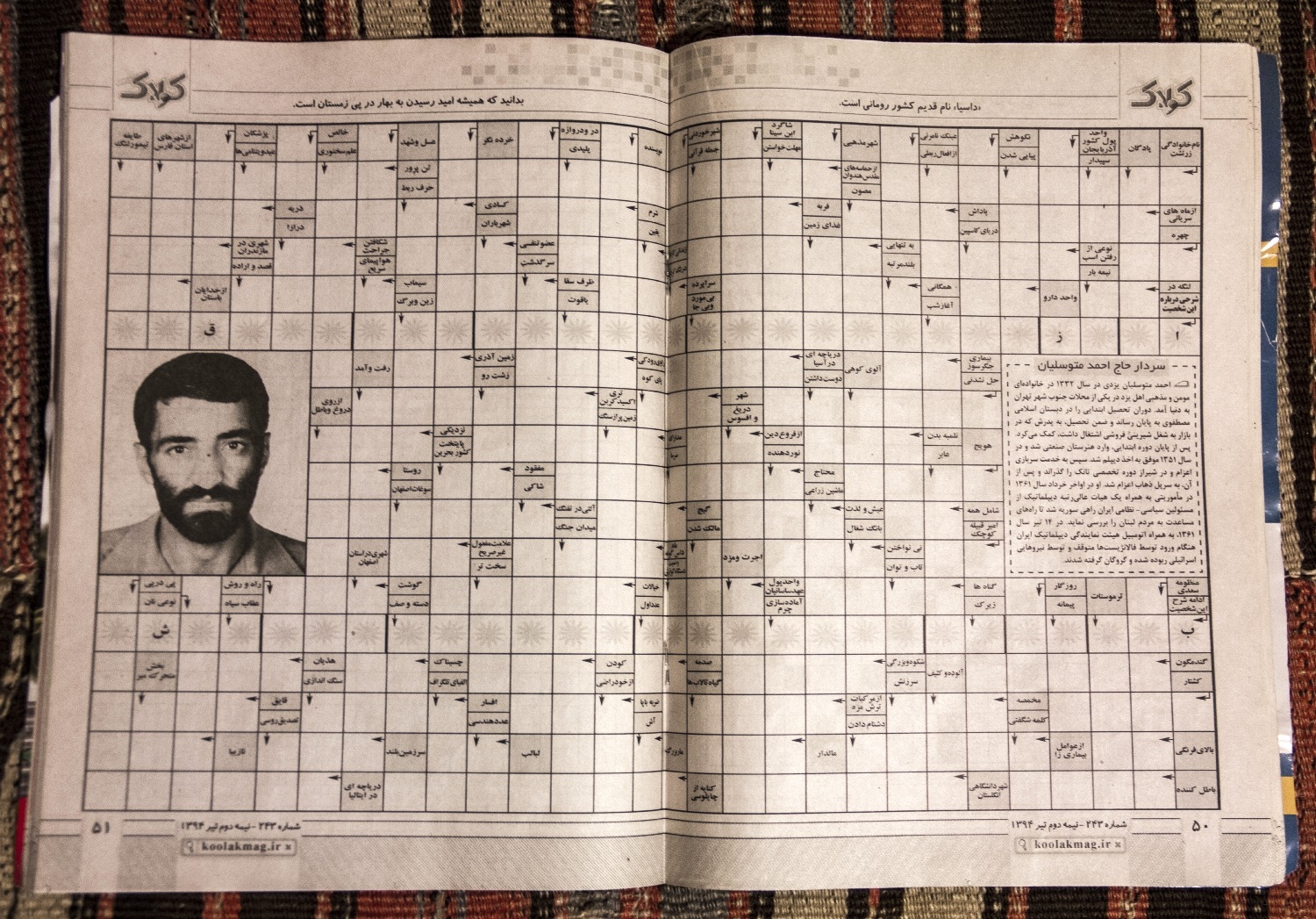
A Farsi crossword magazine includes an image of Ahmad Motevaselian, a commander of the Islamic Revolutionary Guard. Motevaselian disappeared in Lebanon in 1982 after his car was stopped at a Phalange Party checkpoint: Tehran subsequently accused Israel of being behind his kidnapping (MEE).
Middle East Eye propose une couverture et une analyse indépendantes et incomparables du Moyen-Orient, de l’Afrique du Nord et d’autres régions du monde. Pour en savoir plus sur la reprise de ce contenu et les frais qui s’appliquent, veuillez remplir ce formulaire [en anglais]. Pour en savoir plus sur MEE, cliquez ici [en anglais].



